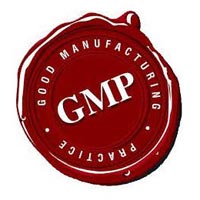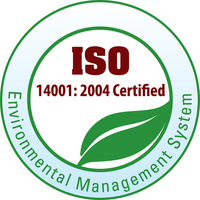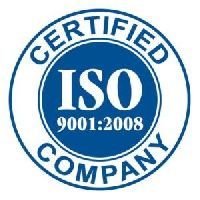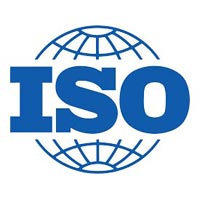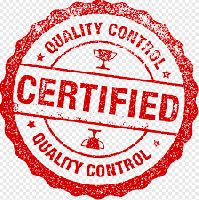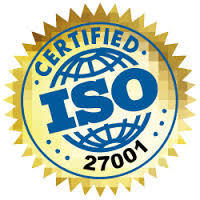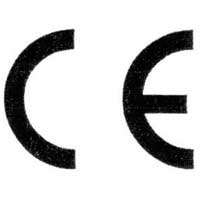Listing ID #2731649
Company Information
Ask for more detail from the seller
Contact SupplierUse ISO 13485 :
ISO 13485 Vs ISO 9001 :
When ISO 9001 wants you to document a procedure, it also wants you to implement and maintain it. Section 4.2.1 of ISO 13485 expands on this idea by including requirements, activities, and special arrangements. More precisely :
Whenever a procedure, requirement, activity, or special arrangement must be documented, it does so by explicitly asking you not only to document it but also to implement and maintain it. ISO 13485 also places a greater emphasis on the use of procedures to regulate and control how activities and processes should be performed. In this sense, ISO 13485 is somewhat more prescriptive than ISO 9001. ISO 9001 often leaves it up to you to decide how work should be controlled, whereas ISO 13485 seems to have removed some of this flexibility by insisting on the use of formal procedures. Since ISO 13485 is all about medical devices and related services, it of course adds many new requirements to address the specific needs of this industry such as ISO 14971 Risk Management.
Possible exclusions :
How to develop a QMS :
In order to become certified, you need to develop a Quality Management System (QMS) that complies with the ISO 13485 standard. But how do you do that? One common approach is to carry out a Gap Analysis. Such an analysis will identify the gaps that exist between the new standard and your organization's processes. Once you know exactly what and where your gaps are, you can take steps to fill them. And once all of your gaps are filled, your Quality Management System will be ISO 13485 compliant. By using this approach, you will not only meet the new ISO 13485 standard, but you will also improve the overall effectiveness of your Quality Management System. If you're currently ISO 13485:1996 or ISO 9001:2000 certified, you can call us to conduct Gap Analysis Tool on your Quality Management System to the new ISO 13485:2003 standard.
Once we've completed the Gap Analysis and filled all of the gaps, you're ready to ask a Registrar to audit the effectiveness of your Quality Management System. If your QMS meets ISO 13485:2003 requirements then the Registrar will then issue an official certificate to you and record your achievement in their registration.
Once you’ve considered the above factors, you can begin the development of your organization’s unique Environmental Management System. But if you’ve already established an EMS and you simply need to update it to meet the new standard, you need to do a Gap Analysis. A Gap Analysis will compare your current EMS with ISO’s new ISO 14001 standard. This comparison will pinpoint the areas that fall short of the standard (the gaps). Once you know where to focus your attention, you can begin to make the changes that are needed to comply with the new ISO 14001 standard.



